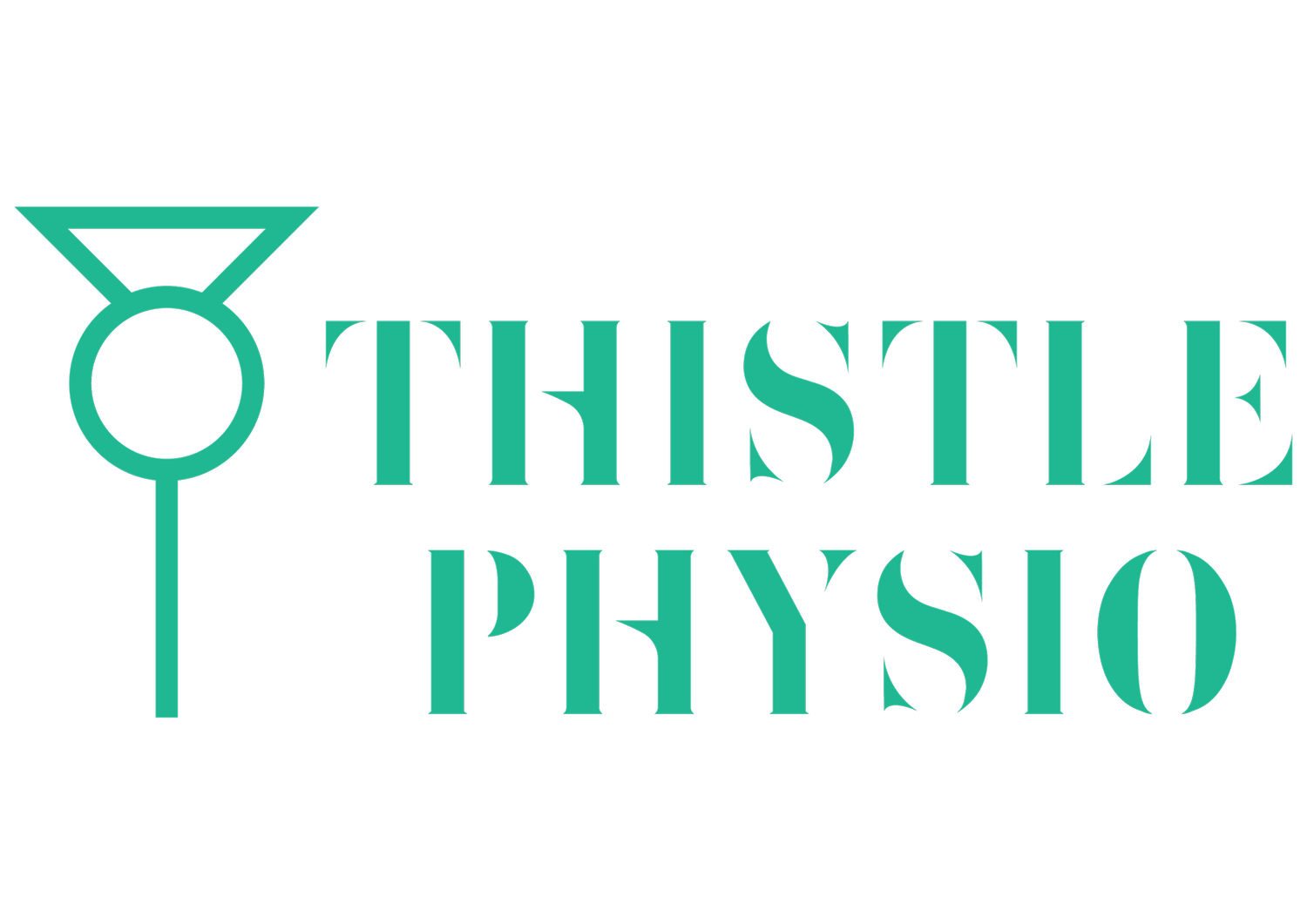Physiotherapy for horse riders: When the problem is weakness not pain
Physiotherapists, typically, tend to see patients who come to an appointment reporting pain. Yet some of the most rewarding cases involve working with clients seeking to improve performance or posture without pain being present. A good example saw me working with an equestrian in Broadway recently who was experiencing difficulties with riding posture – specifically a noticeable lopsidedness when mounted.
A different approach to physiotherapy
This case offered a refreshing change from typical pain-management scenarios. Whilst I wouldn't claim to be an expert in equestrianism – my skills in movement analysis enabled me to properly assess the situation and create an effective treatment plan.
The patient brought videos of themselves riding to their appointment – which proved invaluable in highlighting the issues. This visual evidence alongside a thorough physical assessment helped me identify specific weaknesses and stability issues contributing to an asymmetrical riding posture.
Assessment findings and treatment approach
Identifying core weakness
An initial assessment revealed asymmetrical core strength and glute activation, which was particularly evident in quadruped position (on all fours). This four-point kneeling position – hands and knees – effectively isolates weaknesses on one side of the body and, in this case, it revealed the underlying causes of their lopsided riding.
Tailored exercise regime
From these findings, I developed a personalised exercise programme targeting specific areas of weakness:
Quadruped exercises: Work in the four-point kneeling position strengthens core and gluteal muscles, with focus on the weaker side.
Stability ball work: Exercises both sitting on or over a gym ball. The unstable surface creates a challenge for core muscles and introduces unpredictability that mimics horseback riding.
Resistance band training: Using theraband to improve posterior shoulder strength and stability through lateral rotator cuff engagement. This provides upper body stability needed for proper rein control.
With the programme established, we then worked together to progressively increase the difficulty through subsequent sessions to help ensure continued improvement.
Applying these principles more broadly
The assessment and treatment approach used here transfers well to other sporting activities. If you're experiencing difficulties due to muscular weakness or imbalance, similar techniques can identify root causes and develop solutions.
This applies whether you ride horses, enjoy running, play golf or simply wish to improve posture for everyday activities – from walking to sitting at work. The fundamental principle remains – identify weaknesses and then address them through targeted exercise.
Ready to improve your performance?
If you're struggling with an activity, whether it's causing pain or simply a case of not feeling right, then consider booking an assessment with Thistle Physio. We'll analyse your movement patterns and identify areas for improvement before creating a personalised plan.
The key takeaway here is that physiotherapy extends beyond pain management – it can also optimise function and performance throughout your physical life.
Book now for a comprehensive assessment, where we’ll aim to enhance your strength and stability.


